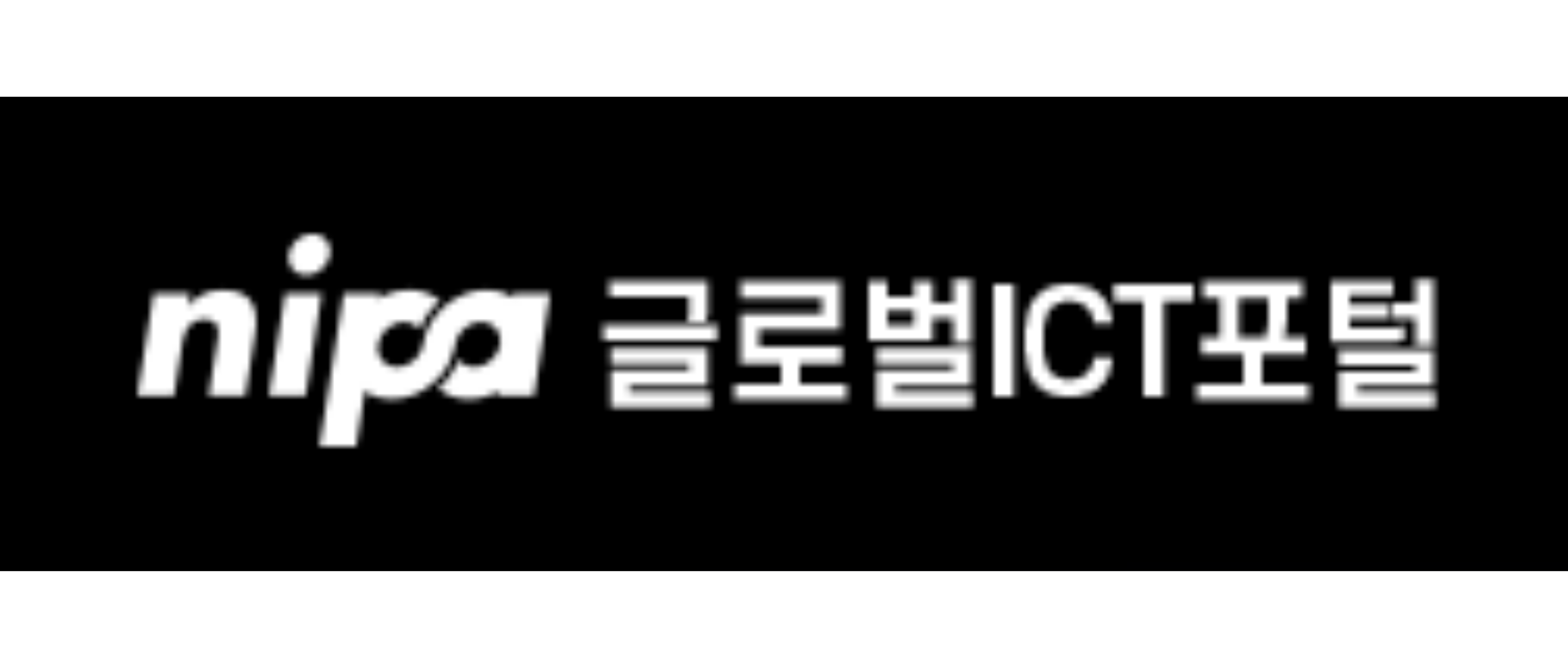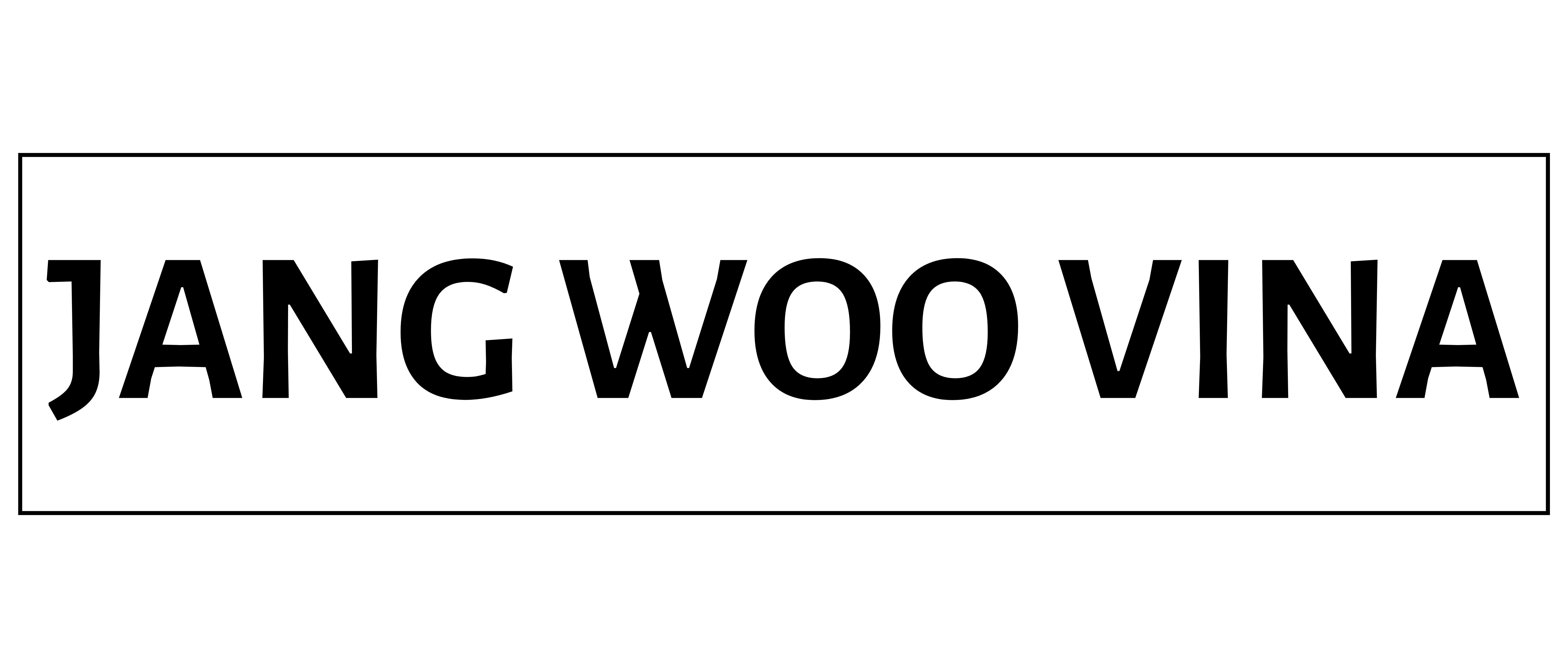The National Pension Scheme in Korea was established in 1986 and is currently governed by the National Pension Act. It constitutes one of the four principal pillars of social security, alongside health insurance, unemployment insurance, and occupational accident insurance
This Act was enacted with the fundamental purpose of:
- Ensuring that all citizens have a minimum income in old age, in cases of incapacity for work, or upon the death of the household breadwinner.
- Reducing social inequality and facilitating the redistribution of income.
- Establishing a secure financial foundation to prevent society from falling into crisis in the context of an aging population.
In simple terms, this Act establishes a system in which all individuals contribute to a common fund during their working years and subsequently receive benefits upon retirement or in the event of contingencies.
Summary
I. Mode of operation: contribution and benefits
The current contribution rate to the National Pension is 9% of monthly income, of which the employee contributes one-half (4.5%) and the employer contributes the remaining half.
Example: If an individual is employed by a company with a monthly salary of KRW 2,000,000, a total of KRW 180,000 shall be contributed to the National Pension Fund. Of this amount, the employee pays KRW 90,000 and the employer pays KRW 90,000.
Upon meeting the eligibility requirements, employees are entitled to the following principal benefits:
- Old-age pension: payable monthly to individuals who have contributed for at least 10 years, beginning at age 63 (gradually increasing to age 65).
- Disability pension: provided in cases of loss of working capacity due to illness or accident.
- Survivor’s pension: payable to the family upon the death of the insured employee.
In addition, Korea provides a basic old-age pension, financed by the state budget, for low-income elderly persons as a supplement to the National Pension Scheme.
II. Financial fairness issues
Although this scheme is designed with a humanitarian purpose, in practice it gives rise to various issues of fairness:
1. Intergenerational disparities
Those who joined the scheme in its early years (the 1980s–1990s) contributed relatively little but are now receiving comparatively high pension benefits. By contrast, the younger generation is required to contribute more, yet is projected to receive less in the future.
According to financial reports, if the current policy remains unchanged, the National Pension Fund may be depleted around the year 2055. This has led younger generations to feel that they are “supporting” the preceding generation without certainty as to whether they themselves will be able to receive benefits in the future.
2. Disparities among labor groups
- Employees working in large enterprises and public officials → are fully covered, make regular contributions, and receive full benefits.
- Self-employed workers, small merchants, farmers, or temporary workers → often contribute irregularly or do not participate at all, resulting in limited entitlements and, in some cases, no pension benefits upon reaching old age.
This creates a significant welfare gap, leaving a portion of the elderly population in poverty despite the existence of the pension system.
3. National financial burden
Korea is among the fastest-aging countries in the world. In 2025, the proportion of the population aged 65 and above will surpass 20% and continue to rise. This means that the number of pension beneficiaries is steadily increasing, while the number of contributors is decreasing.
The National Pension Fund is therefore required to pay out more while collecting less. Without reform measures, the state budget will be forced to assume additional debt, thereby undermining the stability of the national financial system as a whole.

III. Reform directions and public debate
In light of these shortcomings, the Korean government and experts have put forward several proposals:
- Raising the retirement age: extending the contribution period while shortening the benefit period, thereby improving the financial balance of the fund.
- Adjusting the pension benefit formula: reducing the benefit ratio for earlier generations in order to achieve greater intergenerational equity.
- Assistance for disadvantaged groups: reducing contribution rates or providing special assistance packages for low-income earners and informal workers.
- Encouraging private and corporate pensions: developing a multi-tiered pension system so as not to rely solely on the National Pension Fund.
However, each solution presents its own challenges: raising the retirement age faces public opposition; reducing pension benefits causes dissatisfaction among the elderly; increasing contribution rates is resisted by the younger generation. Striking a balance among these competing interests is an exceedingly complex task.
IV. Conclusion
The National Pension Act is an essential institution that ensures all Korean citizens have an income in old age. However, with the rapid pace of population aging and the disparity in contributions across generations, the system is facing a crisis of financial equity.
In this context, reform is inevitable. Without it, younger generations will lose confidence as they are required to “contribute more but receive less,” while the pension fund itself faces the risk of depletion.
The path forward is to establish a more equitable system:
- A sustainable fund to prevent the risk of insolvency.
- An equitable sharing of the burden across generations.
- Protection for all segments of the workforce, including the disadvantaged groups.
This is the major challenge Korea will face in the coming years: ensuring fairness while maintaining the sustainability of its social security system.
V. About NYLA – Korean Legal Office

■ NYLA – Your Trusted Legal Partner in Korea
At NYLA, we understand that the success of foreign businesses in Korea requires not only a solid business strategy but also reliable legal support. With a team of experienced Korean attorneys and legal professionals, NYLA provides tailored legal services for companies, investors, and individuals operating or planning to establish a presence in Korea.
We support our clients throughout the entire business journey with comprehensive services, including:
- Legal consultation on company establishment, taxation, and immigration;
- Advice on commercial real estate, franchising, and product distribution;
- Support in human resources, marketing, and business strategy.
In addition to legal advisory, NYLA also represents clients in civil litigation cases related to business, labor, marriage, family, and inheritance to ensure their rights and interests are fully protected.
■ Contact NYLA

If you’re a foreign business or individual looking for a reliable legal partner in Korea, NYLA is here to help. We are committed to delivering effective, practical, and personalized legal solutions for every client.
With a proven track record of assisting hundreds of international clients, our team is equipped to help you navigate complex legal challenges—whether it’s commercial disputes, contract issues, or foreign investment guidance.
Don’t let legal matters hold you back. Let NYLA be your trusted guide in the Korean market.
■ Get in touch with NYLA for expert legal support
| Website: https://nylakoreanlegal.com/
FB: https://www.facebook.com/nyla.koreanlegal Tiktok: https://www.tiktok.com/@nylakoreanlegal Youtube: https://www.youtube.com/@NYLA-xd8qx Email: info.NYLAkoreanlegal@gmail.com SĐT: +82 10-3415-7859 |
 |






















































